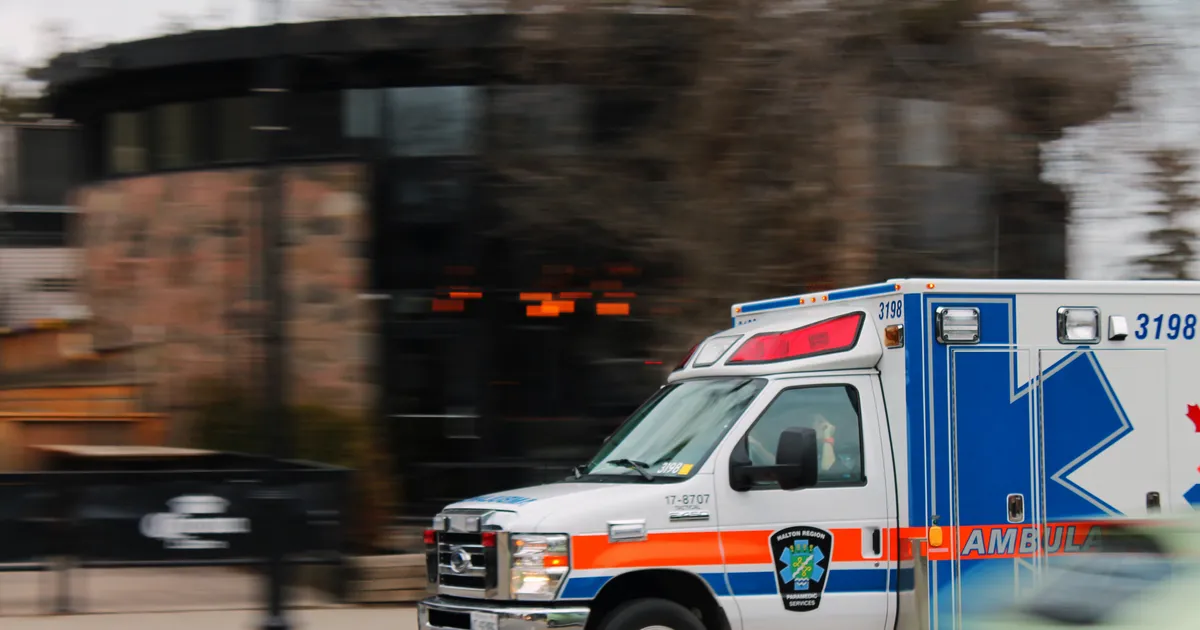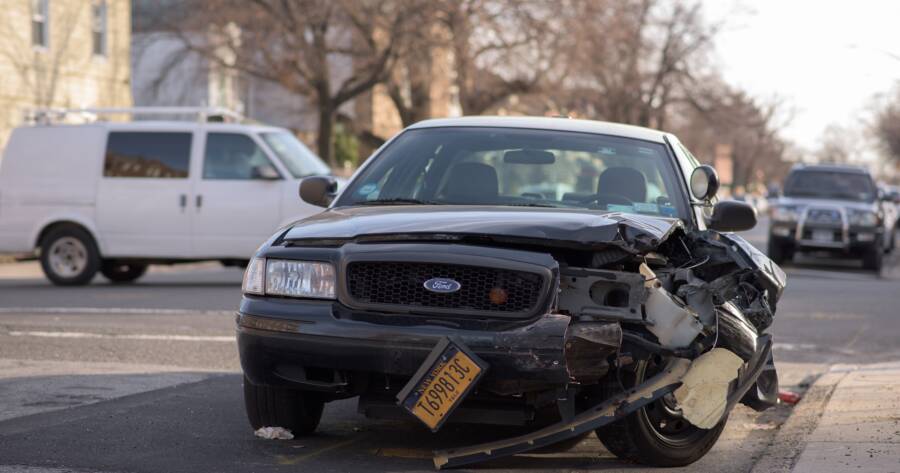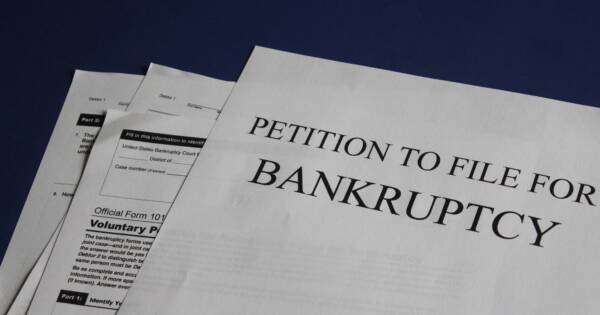There are four fundamental elements that must be proven in an auto accident claim. Find out how to demonstrate duty of care, breach of duty, causation and harm.
Being involved in an auto accident can be frightening, especially if you’re injured. You likely have many questions running through your head, and chief among them is undoubtedly “Who will be held liable for my medical bills and other damages?”. Determining responsibility rests in the hands of law enforcement responding to the scene in most states, and the courts rely on the principles of negligence when determining who pays and how much. There are four basic elements that must be proven to determine fault in most jurisdictions: duty, breach, causation and harm. An examination of each can help you understand the road ahead and how your personal injury case will be handled by your accident attorney.
Duty of Care
One universally accepted principle of the roadway is that drivers owe a legal obligation to other drivers to obey the laws as they pertain to driving and to operate their cars and other vehicles in a safe and reasonable manner. In other words, they should not operate a vehicle in a manner that could cause injury to another person, whether that person is a driver or occupant of another vehicle or a pedestrian on the sidewalk.
Drivers are legally bound to drive at or below the posted speed limit, maintain control of their vehicles, be aware of their surroundings, limit distractions while driving, obey posted traffic signs and use the equipment on the vehicle as intended (such as using headlights during periods of low-light or darkness).
 Jaromír Kavan/Unsplash
Jaromír Kavan/UnsplashBreach of Duty
The next element used to prove negligence is breach of duty. Once it’s established that the driver was tasked with duty of care when they got behind the wheel of their vehicle, it must be shown that they breached that duty. Was the other driver texting, following too closely, speeding or putting on makeup? Any of these actions can put a driver in breach of duty.
Direct evidence of a breach of duty on the driver’s part might be the testimony of a bystander who sees an accident occur. It might also be evidence obtained from a traffic camera on the street or inside a business. Breach of duty might also be proven by the other party’s own admission of fault; a driver may exit a vehicle after an accident and blurt out an admission “I’m sorry, the dog ran out in front of me!”.
In some cases, evidence such as the other driver’s blood alcohol test levels, performance on sobriety field tests, paint smudges on surfaces impacted by the driver’s car or skid mark measurements on the roadway may be called into play.
 Alexandre Boucher/Unsplash
Alexandre Boucher/UnsplashCausation and the “But For” Test
Once it has been established that there was a breach in the duty of care of the other driver, a personal injury claim must also show causation. It is the onus of the plaintiff to prove that the defendant in the case was not just the proximate cause but also the actual cause.
The so-called “But For” test is employed for this purpose, and simply means that you need to prove that if “but for” the actions of the defendant, no harm would have come to you. In other words, if the driver of the other car didn’t do what he did, you would not have experienced the harm that you experienced. To meet the proximate causation element, the injury should have been, at least to a reasonable, licensed driver, foreseeable. As an example, the driver knew that making a U-turn in the highway might cause an accident.
Proof of Harm
The final element is proof of harm. Simply put, even if the other driver acted in a foolhardy way and it is shown that he exhibited conduct that was egregious and beyond the norm, harm must be proven on the behalf of the plaintiff. This can be property damage, such as the cost to repair or replace a vehicle, or it can be bodily harm to pay for harm to the plaintiff’s person by way of medical bills, lost income, pain and suffering and other types of damages.
In a car accident case, the element is usually shown through medical evidence or records that detail the injuries that were sustained during the accident. The record must reflect that the injuries are consistent with the elements of the crash and that the plaintiff did not suffer the injuries prior to the crash. If there is no harm proven, the personal injury case has no merit.
 Jonnica Hill/Unsplash
Jonnica Hill/UnsplashBottom Line
If all four fundamental elements of your auto accident exist, your personal injury case has a leg to stand on. A seasoned personal injury attorney can help determine the viability of your case and will be instrumental in seeking out fair and just compensation for your injuries.






